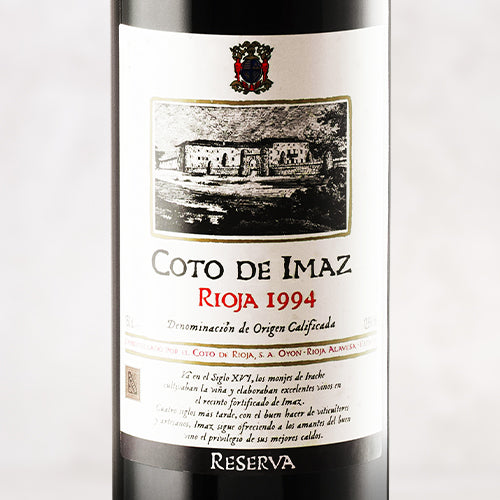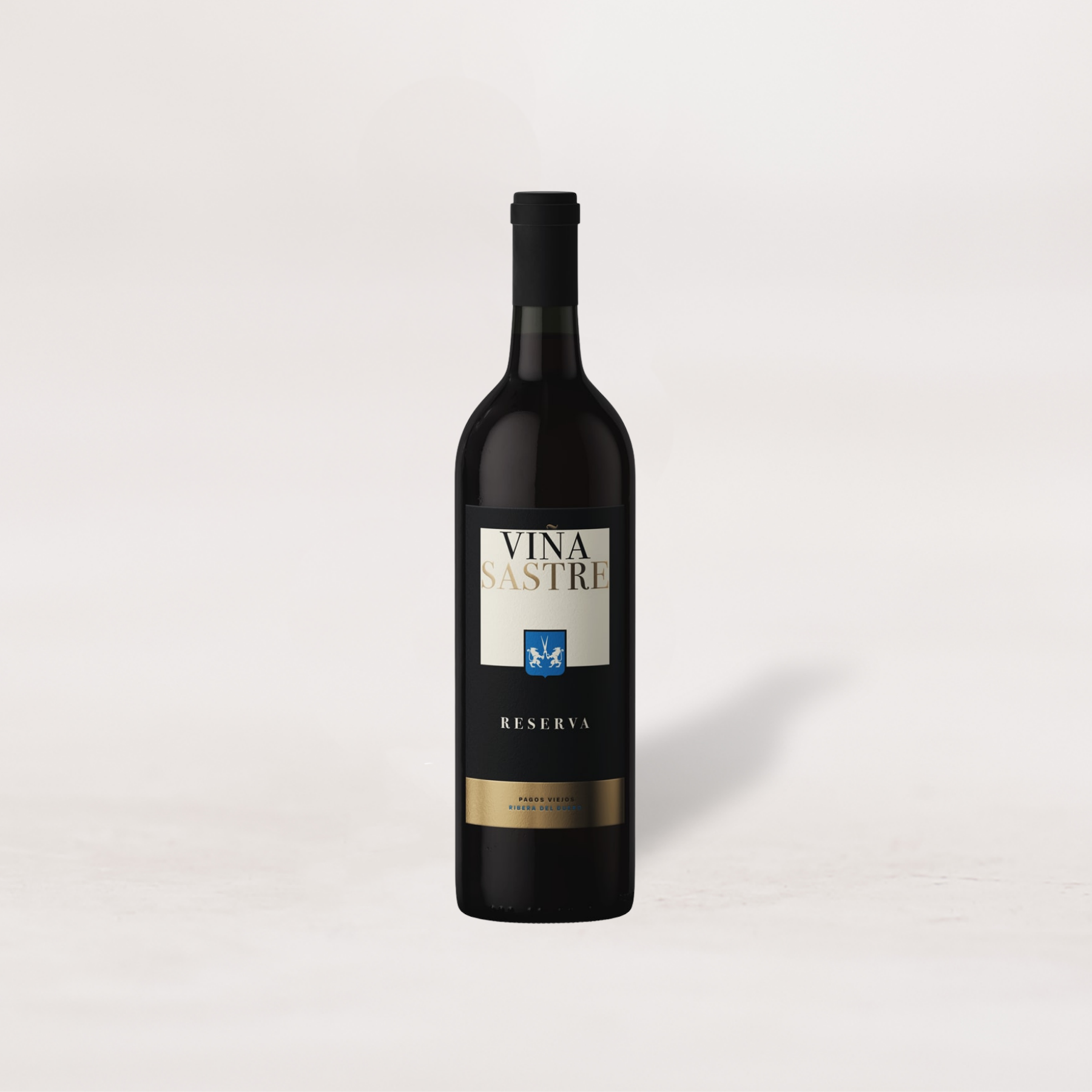Livio Sassetti’s Brunello di Montalcino is the kind of wine that gets partisans like me fired up: Where else but Italy can a wine with this much pedigree, history, and proven excellence be had for less than $100 a bottle? If we wanted to give a Tuscan Sangiovese newcomer a one-stop crash course on both the region and its signature grape, Sassetti would be a great choice; as for the Italian wine cognoscenti, there may not be a more iron-clad investment for medium/long-term cellaring. Livio Sassetti’s “Pertimali” Brunello di Montalcino is a collector’s wine. An archetype. And we’re bringing it to you at one of the best prices in the country. The only thing left to do is click through and make some room for another stellar vintage of this iconic Sangiovese.
Because the Livio Sassetti estate is such a foundational property, it always feels necessary to place the wines in their appropriate context. No wine region in Italy has seen the kind of growth in recognition, prestige, and price that Montalcino has, and Sassetti was there at the beginning. In the late-1960s, when the Brunello di Montalcino DOCG was first being codified, there were but a handful of established commercial producers. Now there are well over 200, working in the same relatively small, confined area—overall there are about 3,500 hectares of vines in Montalcino, with 2,100 or so designated for production of Brunello di Montalcino. Land values here are some of the highest in the wine world, and of course wine prices have generally followed suit.
Livio Sassetti was one of the founding members of the Brunello di Montalcino producer’s consortium, or consorzio, which was created in 1967—the same year Italy’s DOC(G) system was written into law. His property is one of two which bear the name ‘Sassetti’ (the other is Angelo Sassetti) on the “north slope” of the Montalcino hill. The two Sassettis own pieces of the farm historically known as “Podere Pertimali,” which occupies part of Montalcino’s famed “Montosoli” vineyard. Although Montalcino isn’t known for having much of the vineyard-designate culture that defines Barolo, or Burgundy, Montosoli’s cru status was given voice by the Altesino winery, which has bottled a vineyard-designate wine from the site since the late seventies. Montosoli is a rounded outcropping with 360-degree exposures, and Livio Sassetti’s parcel faces southeast.
A lot has been written about how “north slope” Brunellos differ from their counterparts grown on the south-facing slopes of the appellation—the village of Montalcino itself is like the cherry on top of a sundae, a classic fortified village with vineyards spilling down on all sides. When you pass through Montalcino proper and head down the “back side” of the hill towards Grosseto to the south, you’ve effectively crossed over into “Mediterranean” Tuscany—something that becomes immediately evident as the landscape completely opens and flattens. Vineyards on the south slope tend to be harvested earlier than those on the north face, and are said to produce richer wines as a result. But the conventional wisdom isn’t always evident in the glass—with Sassetti, it is. This wine was aged for 36 months in large, used oak botti and then spent another six months in bottle before release.
This is bright, balanced, spicy Sangiovese with plenty of savor to complement its deep black cherry fruit. In the glass, it shines a deep crimson moving to slight orange reflections at the rim (Sangiovese, like Nebbiolo, isn’t supposed to be dark). Aromas of dried black cherry, plum, and black raspberry mix with notes of leather, tobacco, bay leaf, fennel seed, orange peel, and forest floor. The tannins still have youthful grip but it’s the acid that lifts this wine up and gives it energy and focus all the way through the cedary, woodsy finish. Poured in large Bordeaux stems with lots of room for swirling, it is a heady, room-filling glass of wine that just gets better and better. It should continue to drink beautifully for years to come, likely peaking around its 10th birthday. The go-to food companion here is a Tuscan-inspired bistecca, well-charred on the grill and cooked as close to rare as you can handle. Attached is a serious deep dive on the art of steak grilling; master some of these techniques and you’ll do proper justice to this textbook Tuscan giant.











